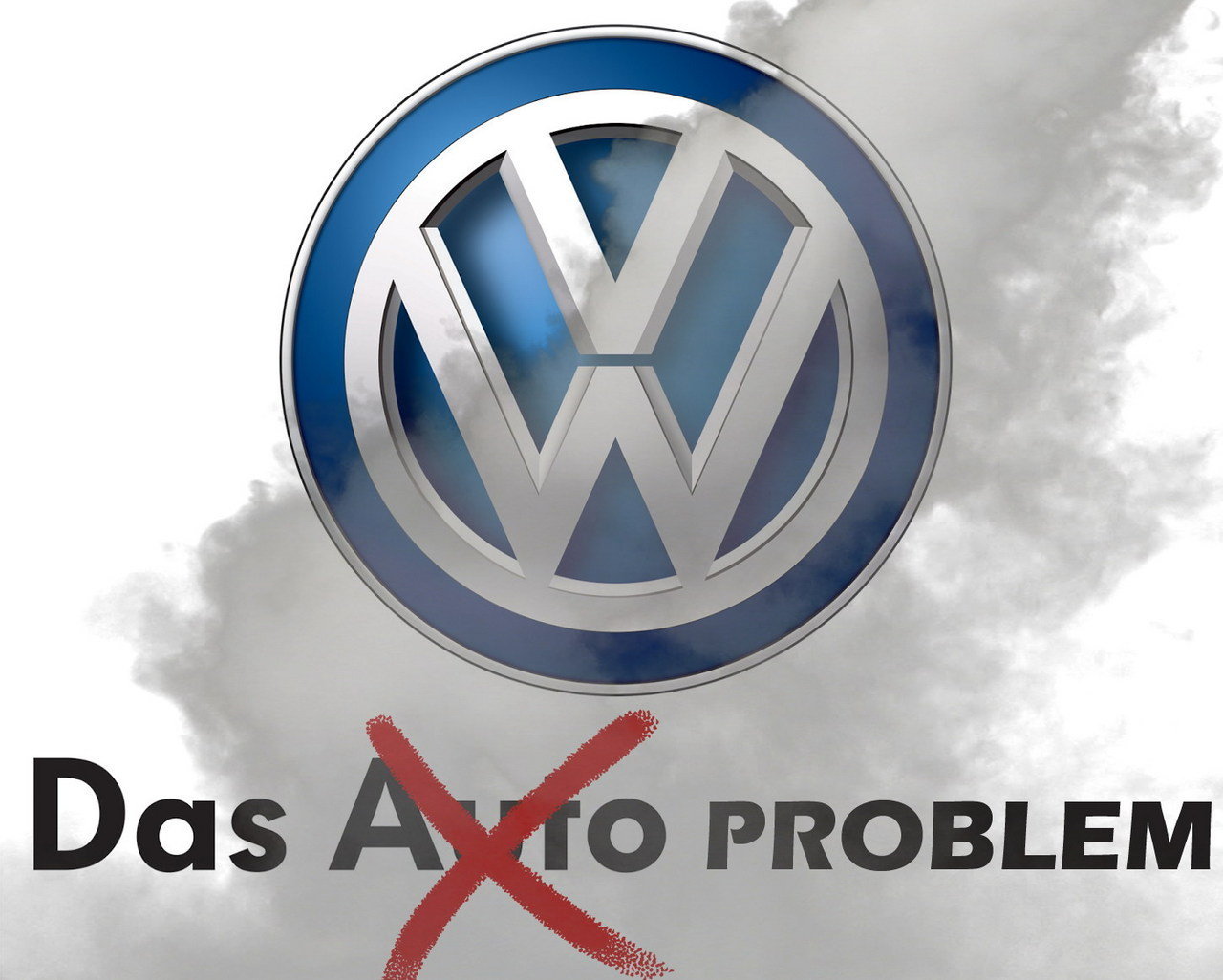In COMM101 lectures, ethics is a topic that seems to show up in every aspect of the business world. Whether the topic is government intervention, mergers, financial statements, or labour sourcing, there always seems to be an underlying tone of ethics. The recent Volkswagen diesel scandal was an ethics topic that I was not fully aware of until I read Ethan Ethier’s Blog post “The Consequences Of Ignoring Business Ethics: Volkswagen“. Ethan states that “[t]he Environmental Protection Agency (EPA) based in the U.S had discovered that incoming Volkswagen vehicles were equipped with a program that allowed the cars to illegally beat through standard emissions test.” I found Ethan’s blog post very intriguing and decided to follow up with the most recent developments of the recall.
With millions of infuriated consumers, Volkswagen had to go into damage control. While there is no definite ‘right way’ to handle a situation like this, I believe Volkswagen made a very poor decision. The Volkswagen diesel scandal affected nearly all customers around the world in the same way. Surprisingly, the compensation to these customers were not in the slightest degree equal. As stated by Jack Ewing of The New York Times, “Volkswagen owners in the United States will receive about $20,000 per car as compensation for the company’s diesel deception. Volkswagen owners in Europe at most get a software update and a short length of plastic tubing.” The large discrepancy in compensation is due to the laws in Europe that protect corporations from customer led class action lawsuits (Ewing). While it is understandable that Volkswagen would not be able to compensate European buyers with $20,000 for each of the 8.5 million tainted diesels, I believe they should have relinquished more.
I feel that by giving different compensation packages to affected consumers, Volkswagen is making their situation worse. The compensation package that includes $20,000 gives the impression that Volkswagen is owning up to their inexcusable decision to deceive their customers. While doing only the bare minimum to compensate European customers, because the laws allow it, feels like another deceitful move on the behalf of Volkswagen. With only 500,00 recalled cars in the United States, Europe is clearly the predominant market. Volkswagen should have created a better compensation package for their loyal European car owners. I believe that the compensation that they are currently offering will not be enough for European customers to forgive this unethical act and will push them away from the Volkswagen brand.
Sources:
Ethan Ethier, “The Consequences Of Ignoring Business Ethics: Volkswagen“, UBC Blogs, Sept.7th/2016
Jack Ewing, “In the U.S., VW Owners Get Cash. In Europe, They Get Plastic Tubes.“, The New York Times, Aug.15th/2016
Word Count: 409




